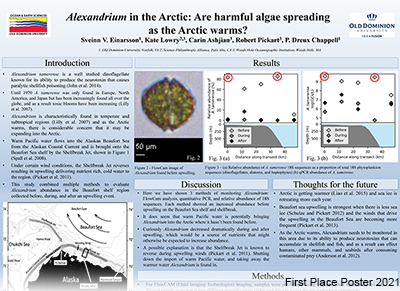College
The Graduate School
Program
Biomedical Sciences
Publication Date
4-1-2021
DOI
10.25883/mcgr-s107
Abstract
Nano-Pulse Stimulation (NPS), a pulsed power-derived technology, stimulates structural and functional changes in plasma membranes and cellular organelles. NPS induces a Ca2+ influx and opening of the mitochondrial permeability transition pore (mPTP) that dissipates the mitochondrial membrane potential (ΔΨm) and, when sustained, induces regulated cell death. Here we show that in rat cardiomyoblasts (H9C2) cyclophilin D (CypD) is a mitochondrial sensor for NPS as defined by observations that loss of ΔΨm is Ca2+ and mitochondrial reactive oxygen species (mROS) dependent and cyclosporin A (CsA)-sensitive, which are diagnostic qualities for effects on CypD and the mPTP. Mechanistically, NPS stimulates increases in intracellular Ca2+ which enhances mROS in a dose dependent manner. The regulatory role of CypD on mPTP activation, is effectively inhibited at low Ca2+ concentrations and/or by CsA. Although NPS-induced dissipation of ΔΨm is largely Ca2+-dependent, the degree of Ca2+ sensitivities vary among cell types. Nevertheless, knockdown of the proapoptotic protein, APAF-1, and overexpression of the antiapoptotic protein, Bcl-xl, in human Jurkat T lymphocytes (E6.1) did not affect NPS-induced dissipation of ΔΨm or cell death. Taken together, these results indicate NPS induces activation of the mPTP through Ca2+-dependent, mROS-dependent, CsA-sensitive dissipation of the ΔΨm that is independent of caspase activation and insensitive to protection by Bcl-xl.
Disciplines
Biomedical Engineering and Bioengineering | Cell Biology | Molecular Biology
Files
Download Full Text (237 KB)
Recommended Citation
Ruedlinger, Brittney; Maisoun, Bani Hani; Potter, Lucas; Lai, Nicola; and Beebe, Stephen J., "Cyclophilin D Is a Sensor of Nano-Pulse Stimulation" (2021). The Graduate School Posters. 2.
https://digitalcommons.odu.edu/gradposters2021_gradschool/2

Included in
Biomedical Engineering and Bioengineering Commons, Cell Biology Commons, Molecular Biology Commons

